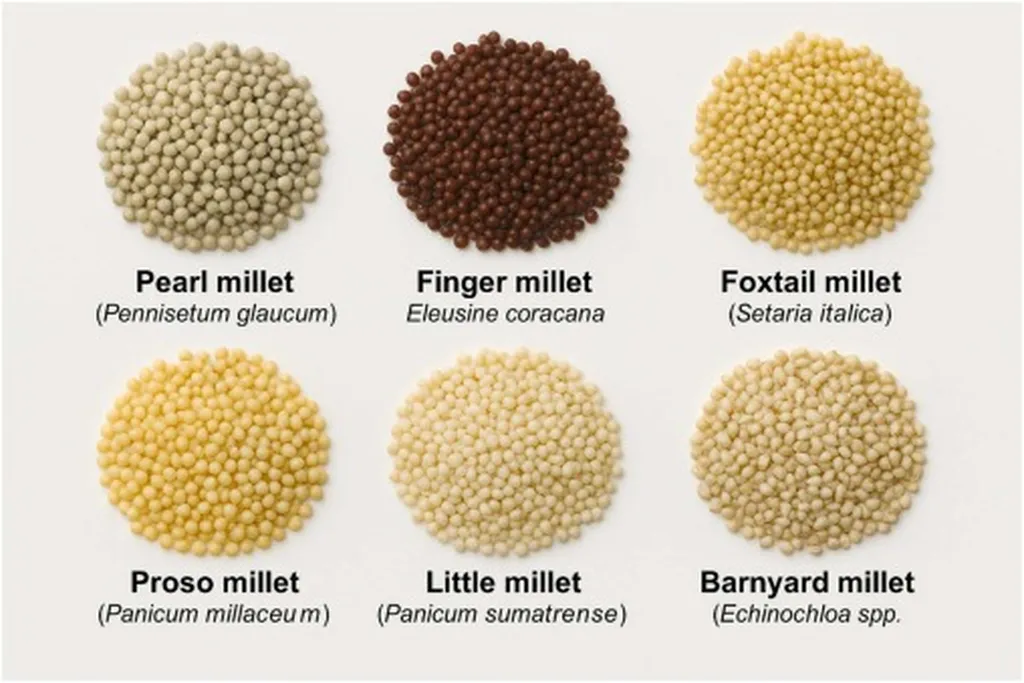In the heart of Sudan, a groundbreaking study is reshaping how we think about biofortified crops and consumer acceptance. Led by Manhal Gobara Hamid from the Biotechnology and Biosafety Research Center at the Agricultural Research Corporation in Khartoum North, this research is not just about science; it’s about understanding what people like and why. The study, published in *Frontiers in Nutrition* (which translates to “Frontiers in Nutrition” in English), delves into the sensory evaluation of stiff porridge made from biofortified pearl millet, a staple in many households.
Pearl millet is a powerhouse crop, known for its resilience and nutritional value. But how do consumers feel about biofortified versions of this grain? That’s the question Hamid and his team set out to answer. They evaluated stiff porridge, known locally as Aceda, made from biofortified pearl millet (Aziz), two widely adopted Sudanese cultivars (Ashana and Bayoda), and their blended formulations. The goal? To understand consumer preferences and market segmentation, ultimately informing breeding and market strategies.
The results were revealing. The Bayoda + Aziz blend received the highest liking score, while the Aziz alone scored the lowest. “This tells us that blending biofortified cultivars with preferred local varieties can significantly enhance acceptability,” Hamid explained. The study used advanced statistical methods like internal preference mapping (IPM) and partial least squares regression (PLSR) to analyze the data, providing a comprehensive understanding of consumer preferences.
So, what does this mean for the future of biofortified crops? For one, it highlights the importance of sensory evaluation in breeding programs. “Integrating sensory evaluation into early-stage breeding, alongside artificial intelligence (AI) and rapid sensory tools, will accelerate the adoption of biofortification and support nutrition-sensitive breeding,” Hamid noted. This approach could revolutionize how we develop and market biofortified crops, ensuring they meet consumer expectations and nutritional needs.
The study also underscores the potential for market segmentation. By understanding what consumers like, companies can tailor their products to specific preferences, opening up new market opportunities. This is not just about science; it’s about business. It’s about creating products that people want to buy and eat, ultimately improving nutrition and health outcomes.
As we look to the future, the integration of sensory evaluation into biofortification breeding programs could be a game-changer. It’s a reminder that science is not just about discovering new things; it’s about understanding how those discoveries can be applied to improve lives. And in this case, it’s about making sure that the foods we develop are not just nutritious but also delicious.

